The Monetary Policy Committee (MPC) of the Central Bank of Nigeria (CBN), has voted unanimously to retain the Monetary Policy Rate (MPR) at 11.5%.
This was disclosed by the CBN Governor, Godwin Emefiele while reading the communique at the end of the MPC meeting on Tuesday 25th May 2021.
Highlights of the Committee’s decision
- MPR retained at 11.50%
- The asymmetric corridor of +100/-700 basis points around the MPR
- CRR was retained at 27.5%
- While Liquidity Ratio was also kept at 30%
The committee chose to retain all parameters in order to continue its pursuit of supporting the recovery of the Nigerian economy. The MPC noted that economic growth could be hampered in an environment of unstable prices, leaving the available options to loosening the stance of the policy, tightening or maintain the status quo.
The Committee noted that an expansionary stance of policy could transmit to reduced pricing of the loan portfolios of Deposit Money Banks and result, therefore, in cheaper credit to the real sector of the economy.
It however noted that this expected transmission may be constrained by persisting security challenges and infrastructural deficits.
On the other hand, while a contractionary stance will only address the monetary component of price development, supply-side constraints such as the security crisis and infrastructural deficits can only be addressed by policies outside the purview of the Central Bank.
A tight stance however in the view of the committee is that it will also hamper the Bank’s
objectives of providing low-cost credit to households, Micro Small and Medium Enterprises (MSMEs), Agriculture, and other output growth and employment stimulating sectors of the economy.
Double whammy economic problem
The committee outlined that the twin problems confronting the Nigerian economy, which must be addressed relates to stagflation and simultaneous contraction in output.
- Recall that Nigeria’s inflationary pressure has been on the side since late 2019, which was further hampered by the covid-19 pandemic, and the EndSARS protest in 2020.
- Committee noted that the strategies put in place to rein in inflation through the use of series of administrative measures by the Bank to control the money supply through liquidity mop up in the banking industry had started to yield results.
- It also recognized that measures put in place to stimulate output growth through the use of its intervention facilities to inject liquidity into employment generating and output stimulating initiatives like the Anchor Borrower Program, Targeted Credit Facility and Agri-Business Small and Medium Enterprise Investment Scheme (AGSMEIS) had started to yield results.
Although the economy had successfully exited the recession, the recovery was very fragile given that the GDP growth of 0.51% was still far below the population growth rate. Committee, therefore, stated that there is a strong need for the Monetary Authorities to consolidate on all administrative measures taken not only to rein in inflation but also on the actions so far taken to grow output.
Why this matters
The MPR is an interest rate that the monetary authority sets in order to influence the evolution of the main monetary variables in the economy, which includes consumer prices, credit expansion, among others. This rate determines to a large extent the rate at which banks will offer loans to their customer.
Maintaining the benchmark rate at 11.%, indicates the CBN’s resolve to stimulate economic growth by means of increasing credit facilities to the Nigerian economy, with the hope that increased productivity will tackle inflationary pressure in the medium term.

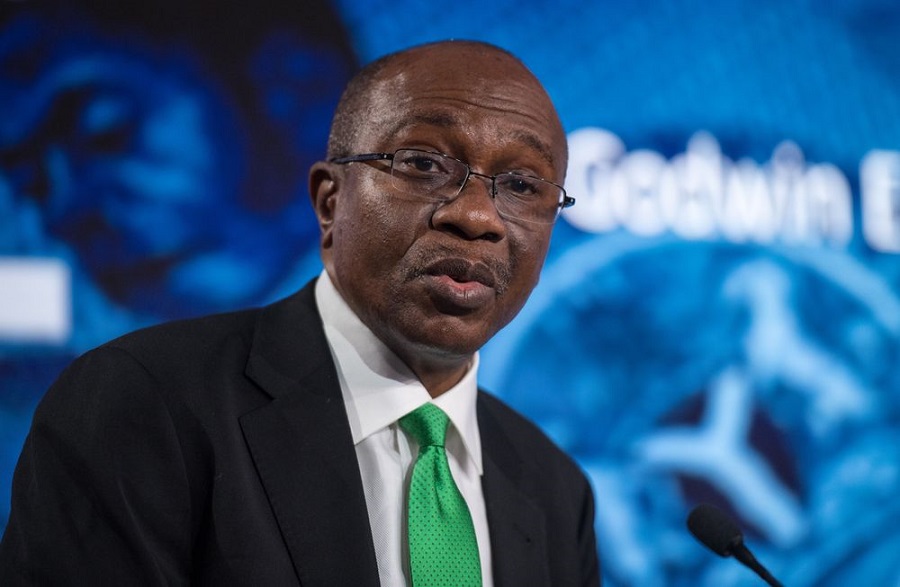







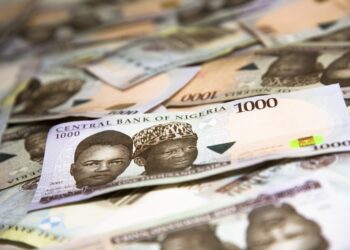
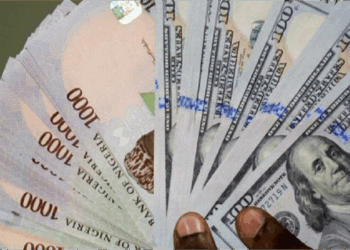
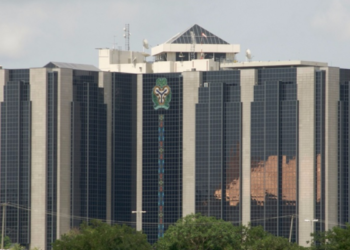
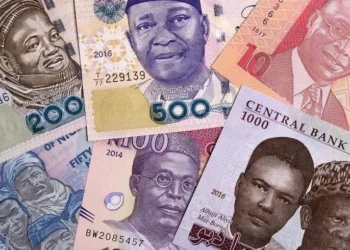
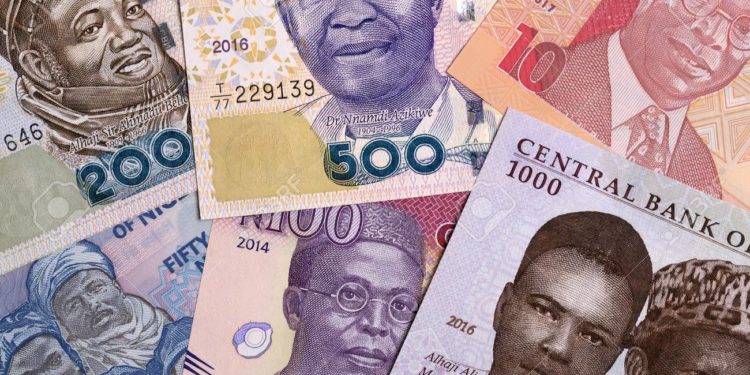










This is not the first of such fraudulent schemes , and it won’t be the last. I remember Jimi Lawal and Forum Savings & loans in the 90’s, Umanah Umanah, and MMM in the recent past. The list is endless.
If it sounds too good to be true, it most probably is. Unfortunately, the promise of quick returns blinds many to this saying, and they fail to exercise caution.